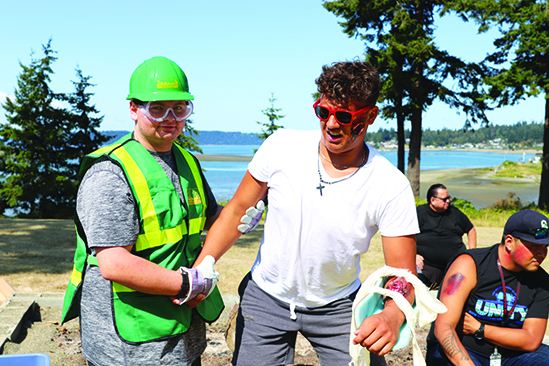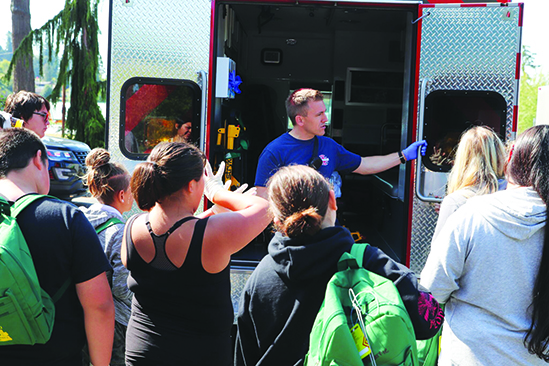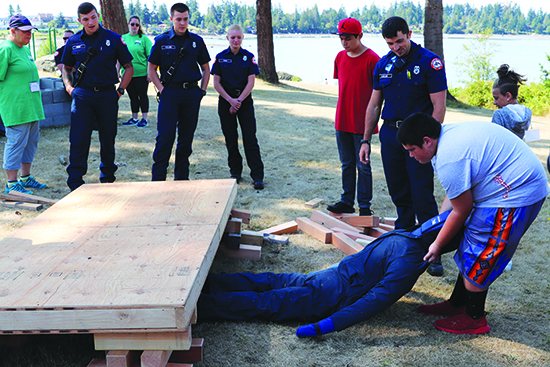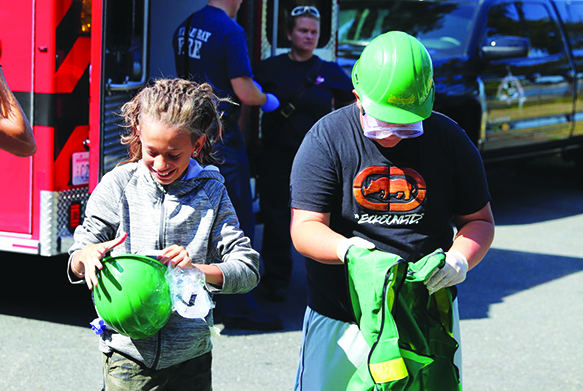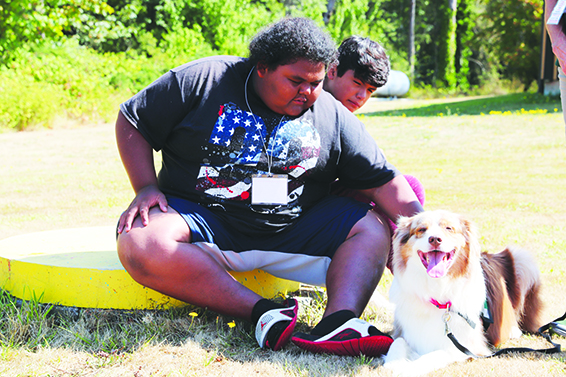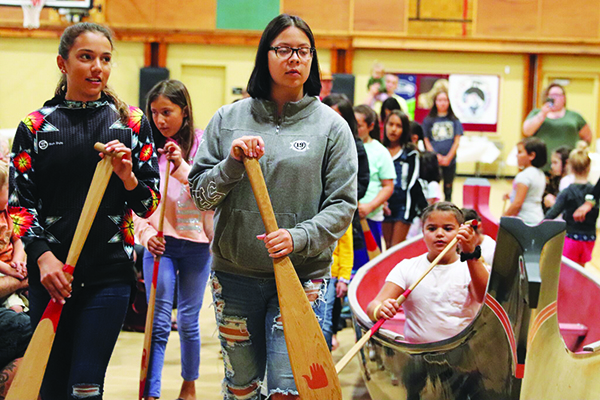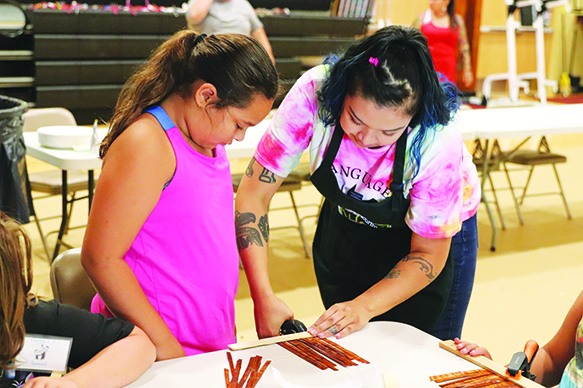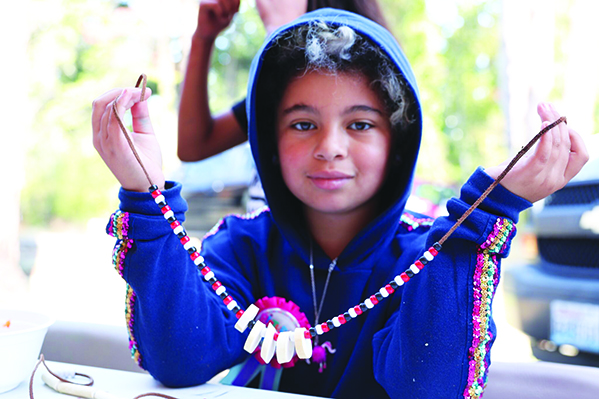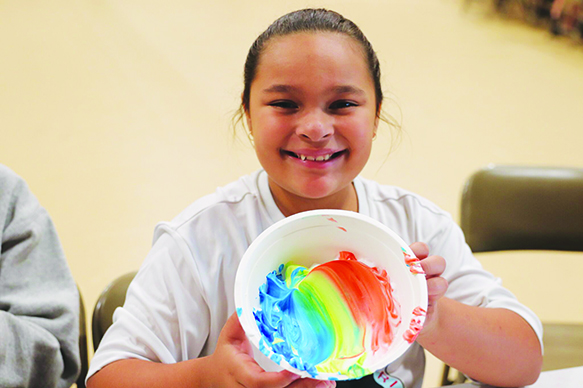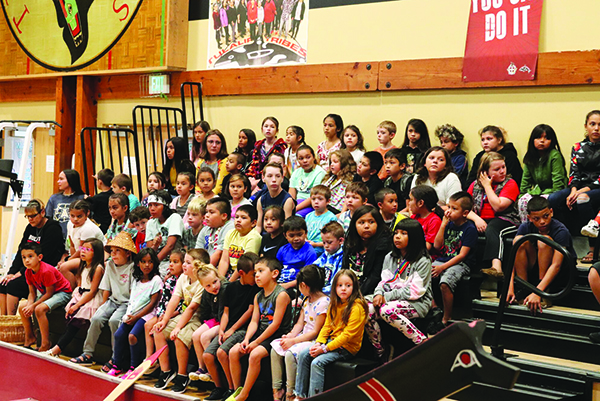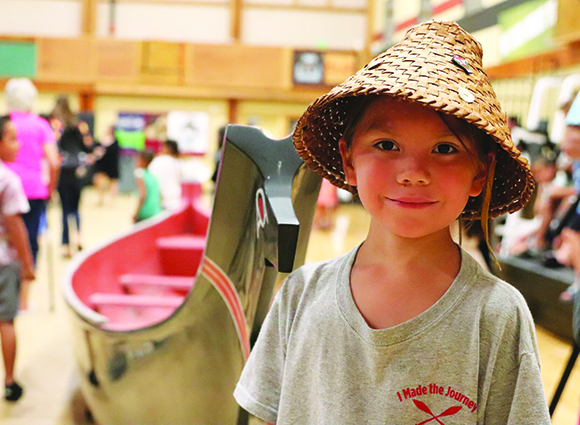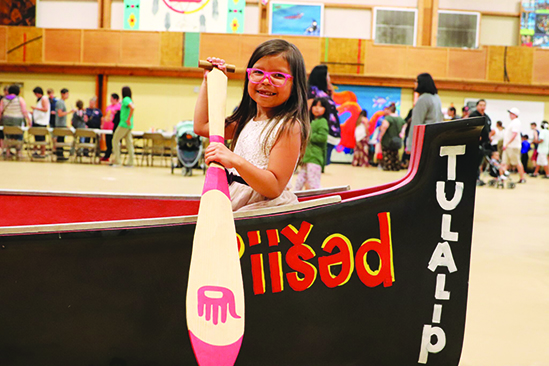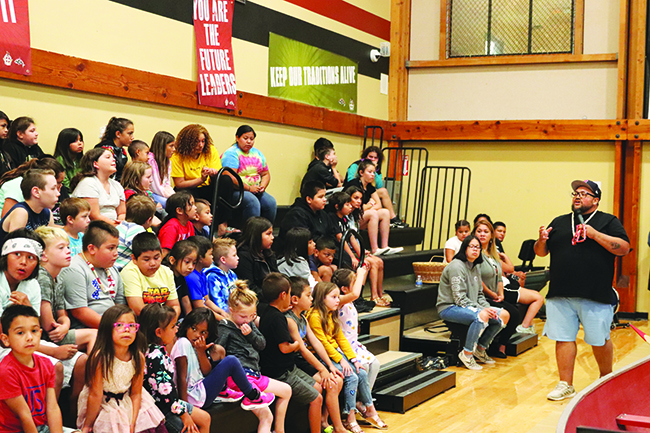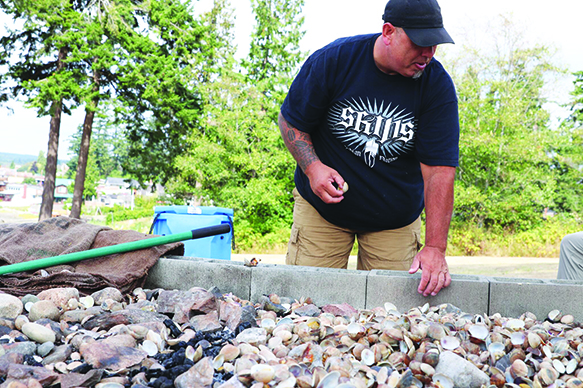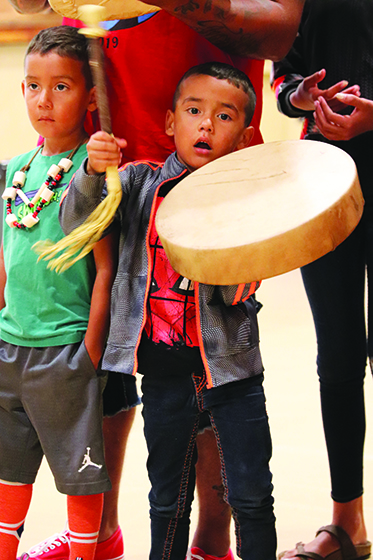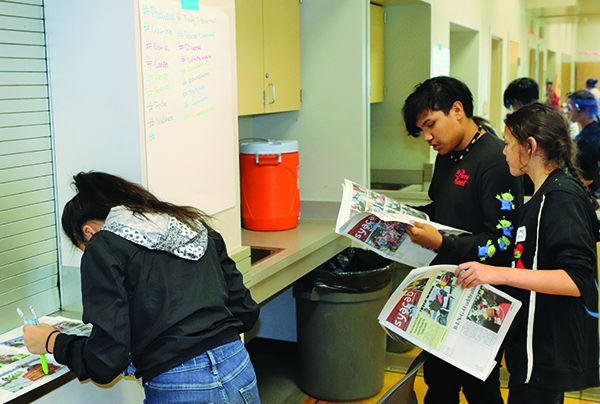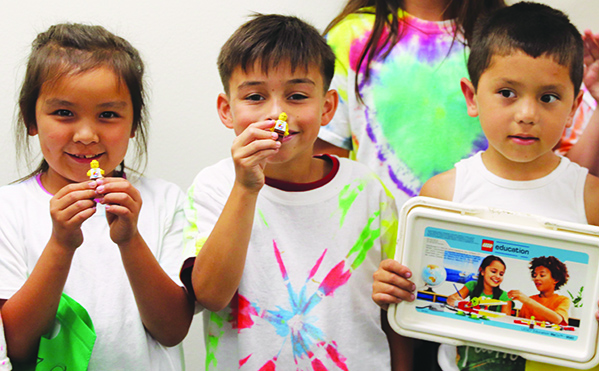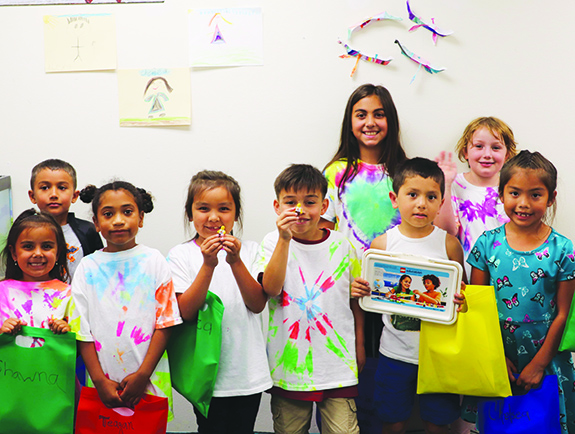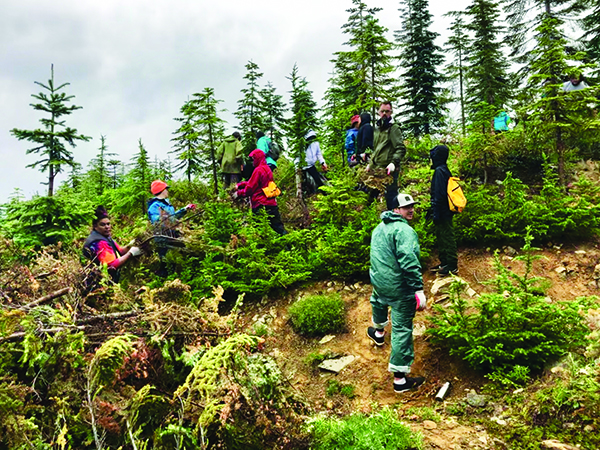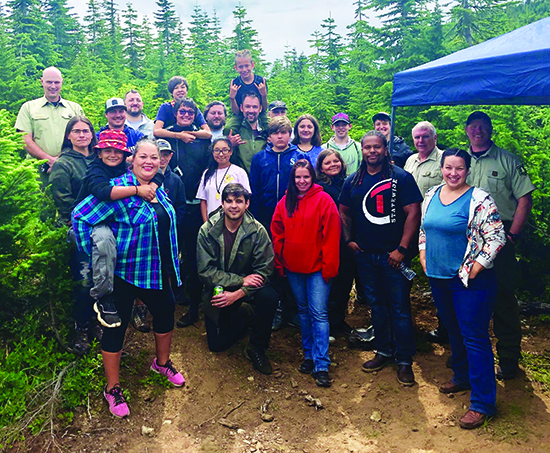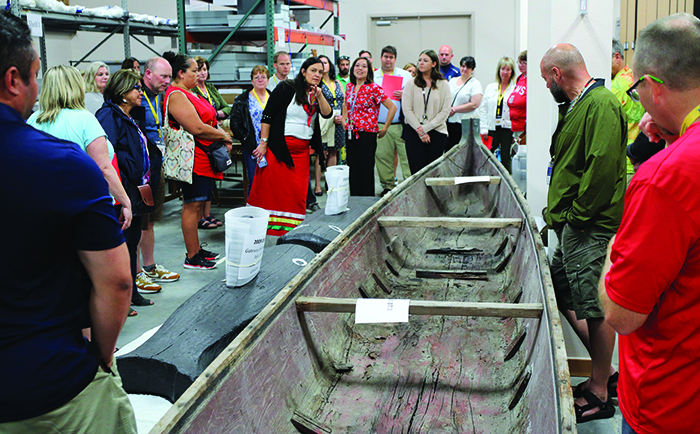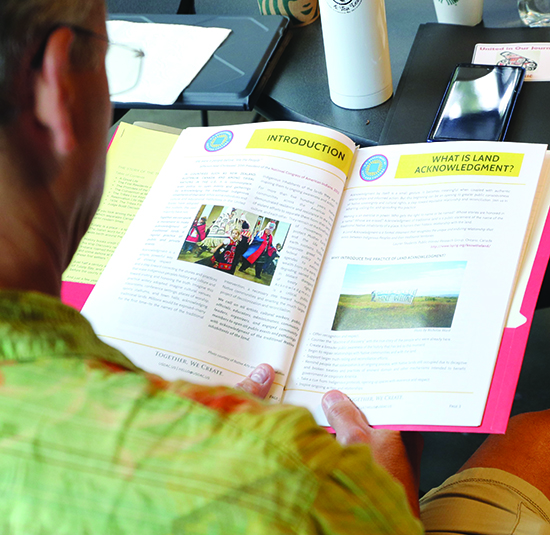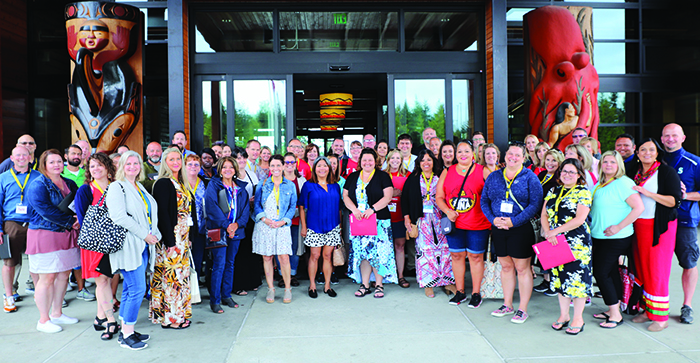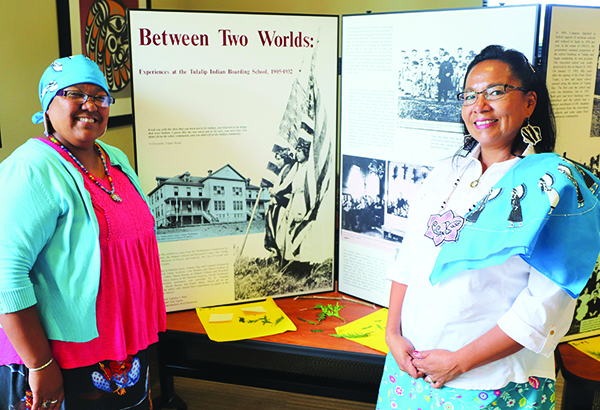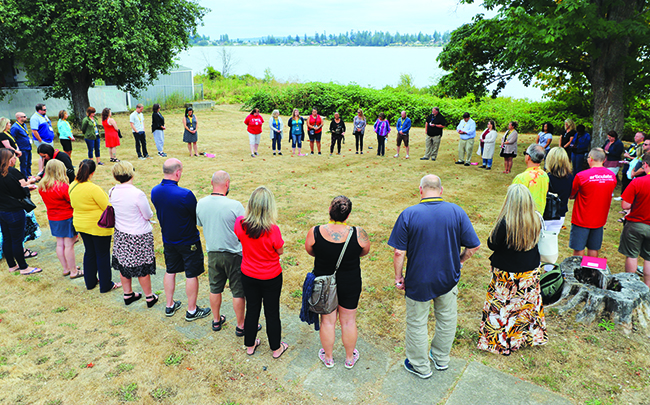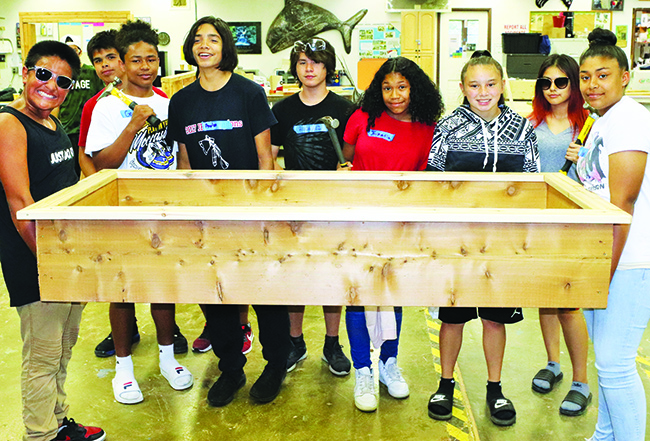
By Micheal Rios, Tulalip News
Many experts agree that adolescence, the process of growing up from young, bashful kid to stubborn, head strong teenager, is a critical period for determining future employment success. It’s during this stage the average youth constantly tests boundaries and rules while striving for more and more independence. With every new experience comes a change in perspective, including their general response to the always imposing question, “What do you want to be when you grow up?”
Most will answer that question with an “I don’t know, but whatever it is I want to make a lot of money doing it.” What they are then placing the highest priority on is gainful employment. That is, a career path that provides consistent, long-term work while paying a livable wage. Those kinds of jobs usually take some combination of education and proficient skills, while placing an emphasis on self-management and productivity. In sum, learn your job, do your job right without being constantly managed, and strive to get better over time.
Sounds simple, right? But how does a young person, better yet an early adolescent, even begin to learn about a job so they know which skills to hone and perfect? The best answer is always through hands-on experience. That is why a new tribal Temporary Assistance for Needy Families (TANF) program has been introduced to the Tulalip community and is already making an impact on a select group of Native youth.
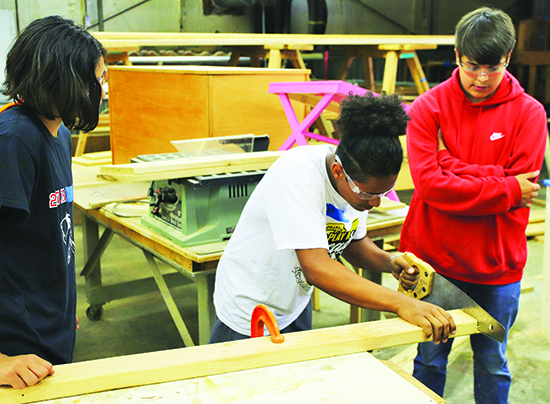
“The 477/TANF Program has a new employment opportunity for Native American youth within our community known as the Youth Employment Preparation Program or YEPP,” explains Krisan Fryberg, 477/TANF Training Coordinator. “The idea of this program is to prepare our tribal youth for future employment. Our mission is to implement progressive thinking with a goal of empowering youth to obtain and maintain successful employment. Not only for employment within our tribe, but any industry they choose.”
YEPP is a six-week program that incorporates several aspects of employment preparedness and provides opportunities for adolescent youth to connect with the various departments and entities that make up a Tulalip government and enterprise. YEPP also serves as a perfect introduction for kids who will be participating in the tribe’s Summer Youth Program in the future.
Over the past several weeks, fifteen YEPP participants between ages 11-13 years old have dove deep into drug prevention by discussing the effects of drugs and alcohol as a huge obstacle to personal sovereignty. They went deeper into the subject while touring and meeting with representatives of Tulalip Police and Tulalip Bay Fire. Exploring the concept of healthy living and its impact on gainful employment and overall wellbeing, the group had many diabetes prevention discussions while harvesting native plants with Health Clinic staff at the Wellness Garden, visiting a local U-Pick farm, and working out at Tulalip Bay Crossfit.
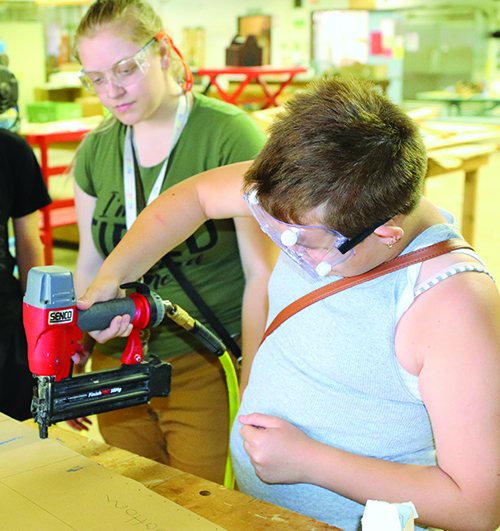
Skill building exercises have also been a top priority for the YEPP program. One cannot expect to be gainfully employed without the necessary skills of time management, ability to set and reach goals, know how to respect others’ cultures, and understanding how to maintain healthy relationships in the work environment. Because it’s the digital age they were also schooled in the art of social media use, especially its many traps that can derail a potential career long before it even starts.
A definite highlight of this inaugural YEPP program was the contribution to the community by collaborating with the TERO Vocational Training Center (TVTC) to build and donate two cedar planter boxes to Youth Services. On August 13, TVTC provided the materials and instructors for the YEPP kids to receive a crash course in construction basics. For most of them it was their first time handling actual construction tools, let alone the powered variety like a nail gun or circular saw.
“We learned how to take accurate measurements and cut wood to specific sizes,” said 12-year-old Navaeh Gray. “I was scared at first to use the nail gun, but after using it I realized it was super easy. There’ve been a few experiences with this YEPP program that have taken me out of my comfort zone, but I’ve learned when you believe in yourself anything is possible.”
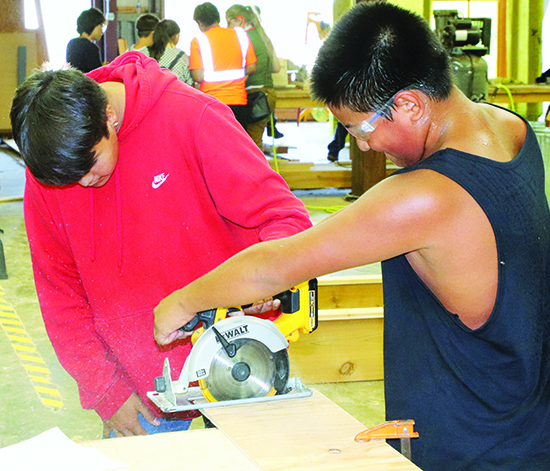
“We learned how to use power tools and then got to test how good we were with them in a few activities,” added 13-year-old Gary Fryberg while still holding onto his favorite tool, the hammer. “I’ve never used any tools before, but realized I’m pretty good with a hammer. Maybe I’ll work construction when I’m older because it’s fun to build things.”
Members of TVTC spoke at length about the many benefits of a career in the construction and trades industry. Even if it wasn’t for all of them, for some a spark could have been lit to a whole new future. At the very least they each can say they played a role in creating planter boxes they will surely see often outside of their commonly frequented youth center.
“Our program spent two days with the youth staff at TVTC where they learned how to utilize equipment properly and worked hand-in-hand with the youth staff to build planter boxes,” remarked Krisan. “I enjoyed seeing both programs work together to create a generous gift to be donated within our community. They all seemed to appreciate the time spent with one another.”
Collaboration and the value of team work is just another key skill that should be practiced over and over again, not just for gainful employment prospects but to ensure a future generation that knows how to work alongside one another for the betterment of everyone.



